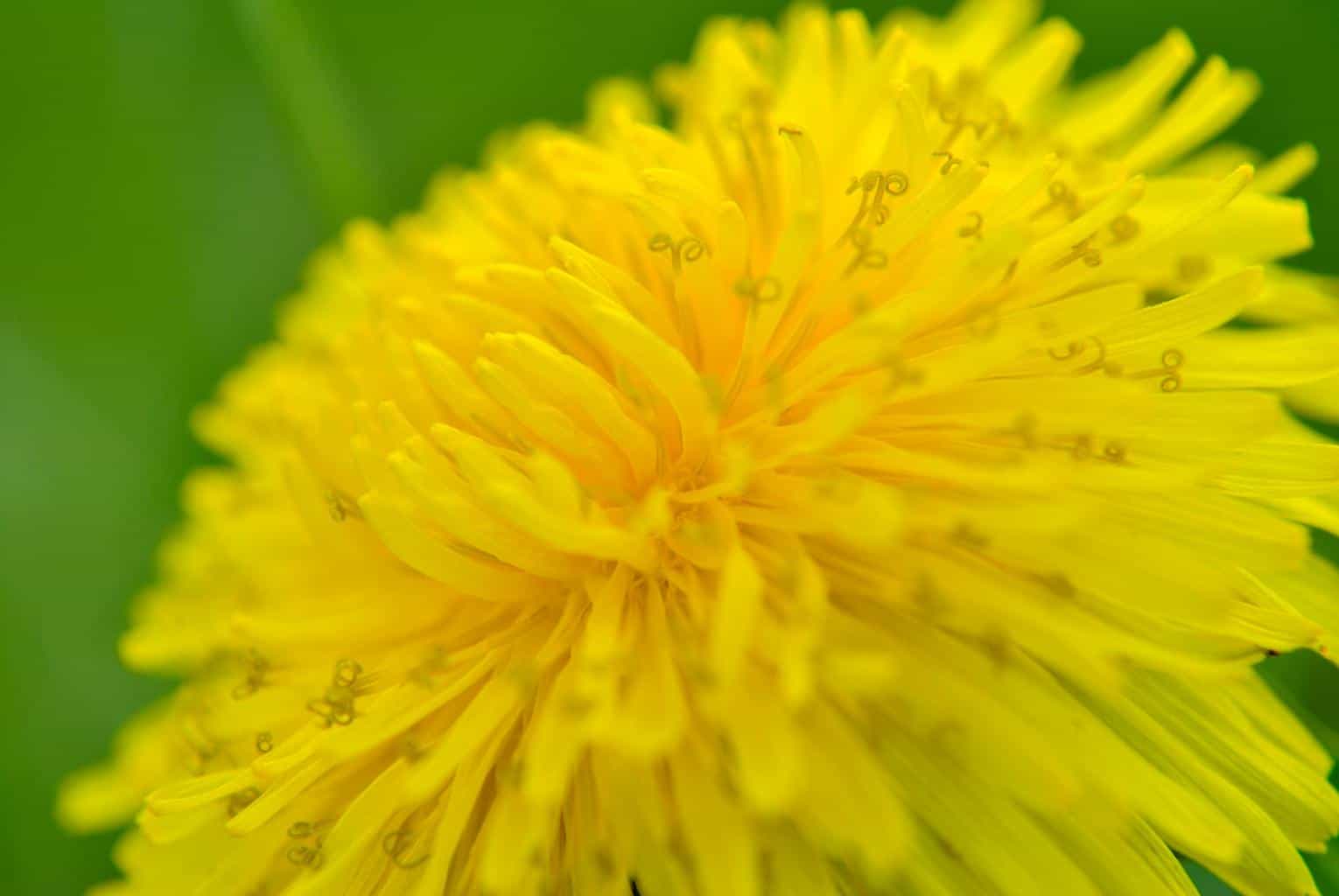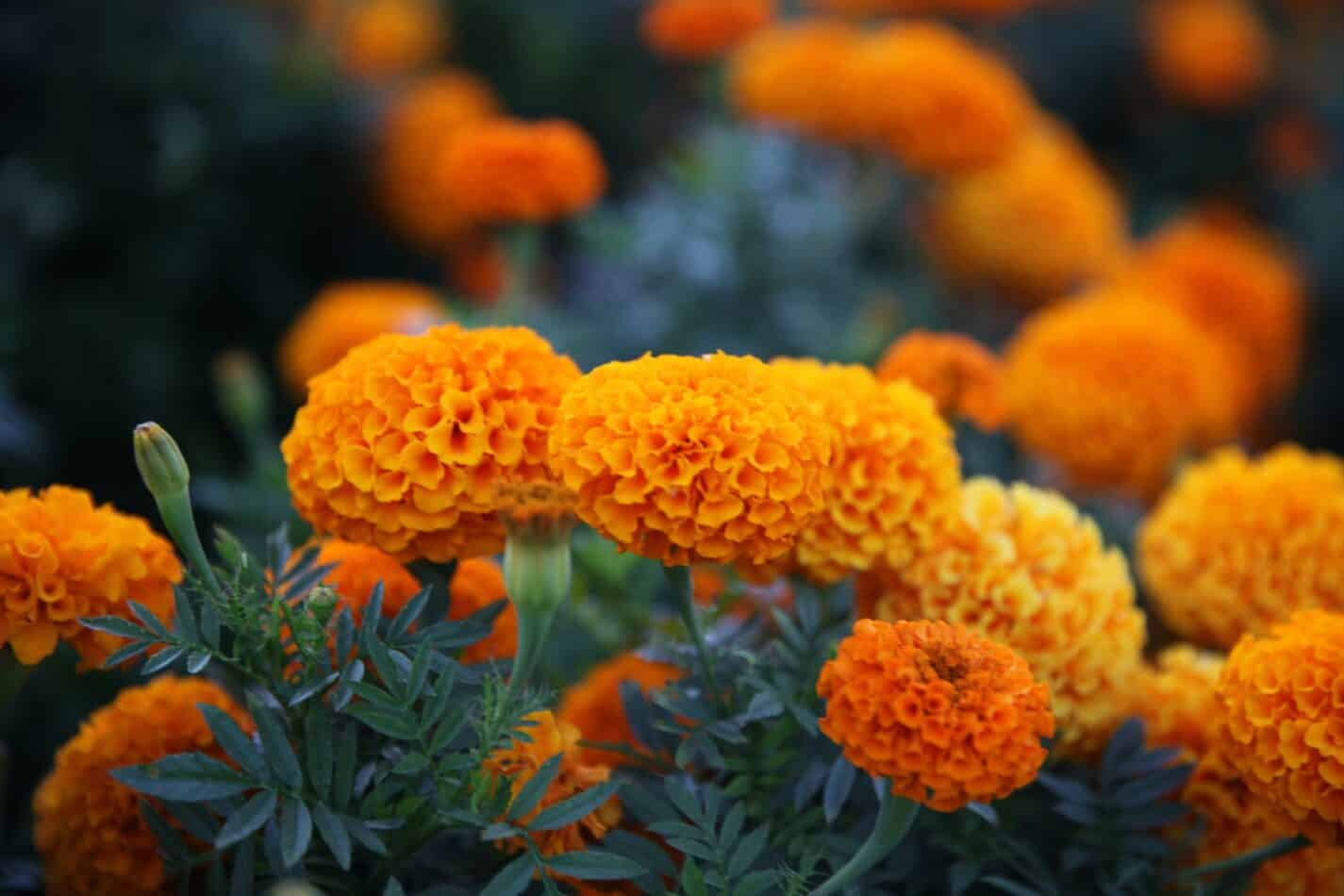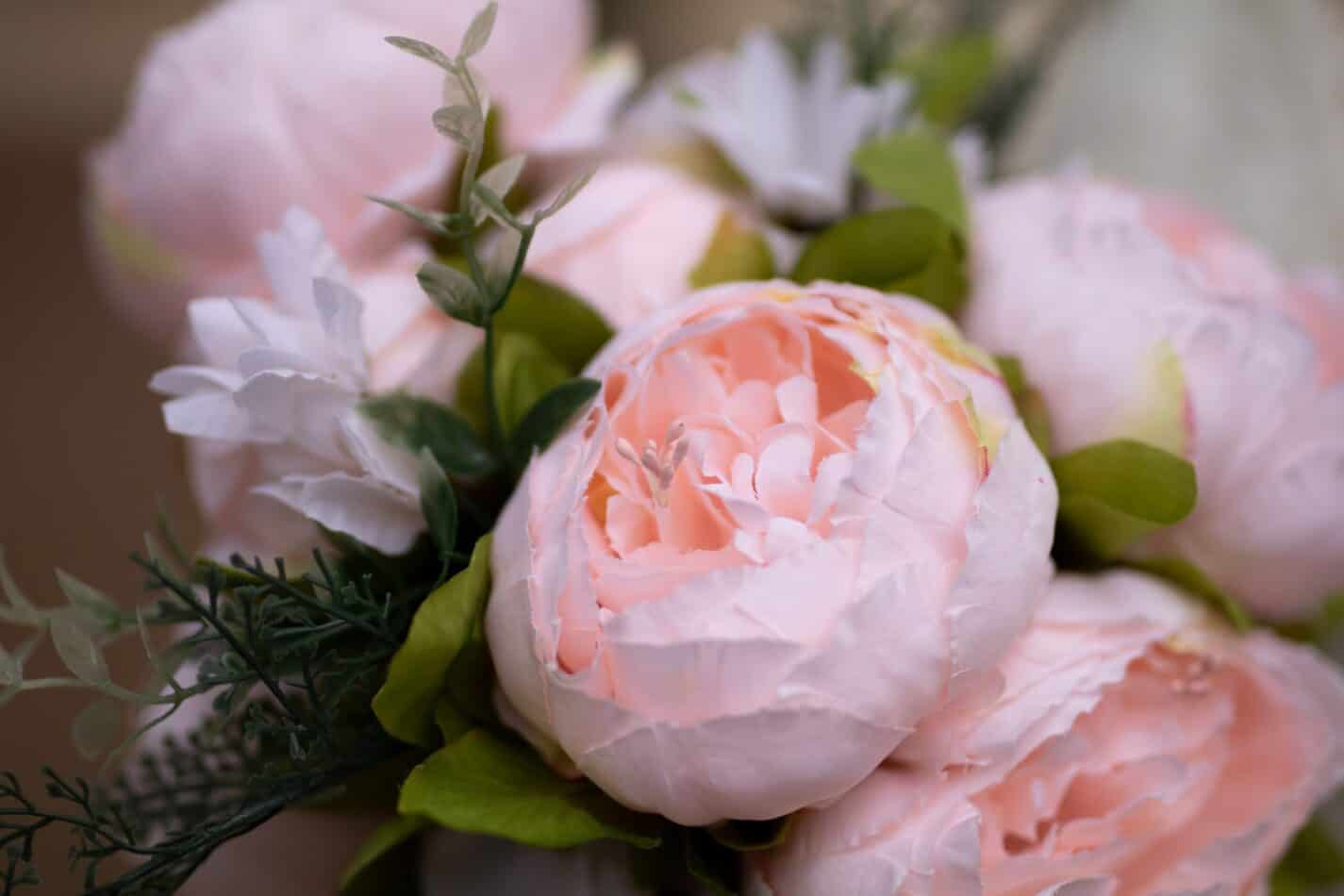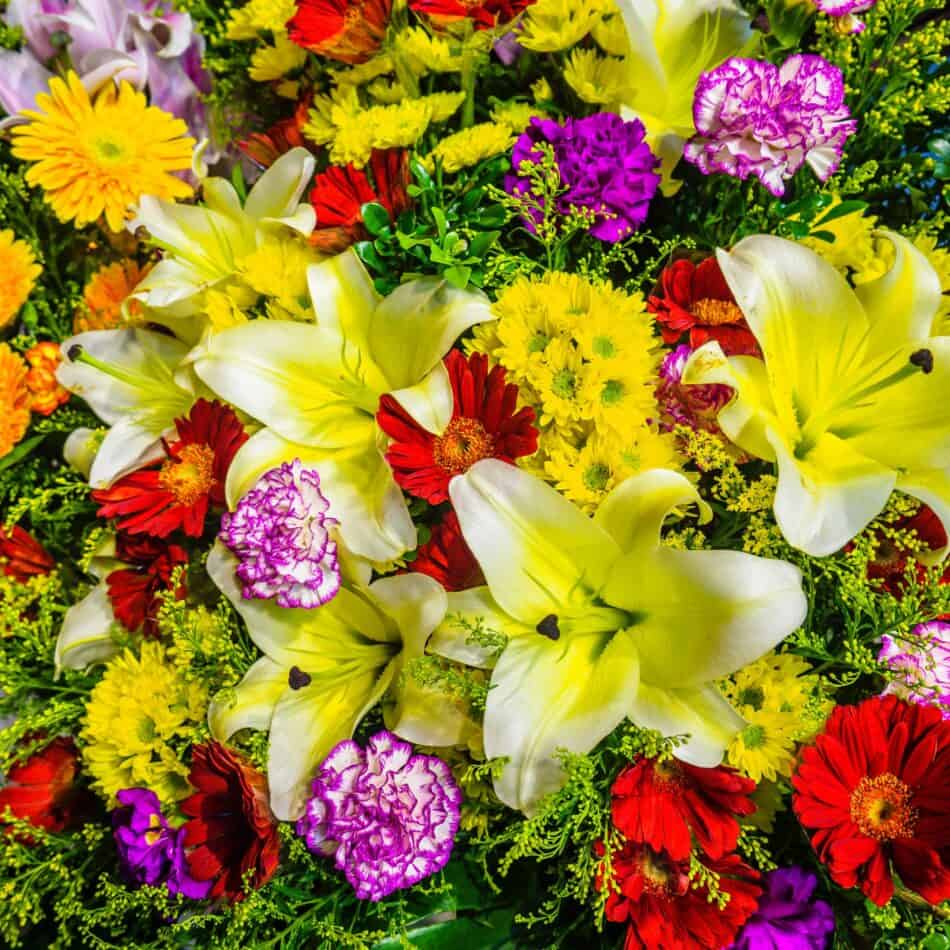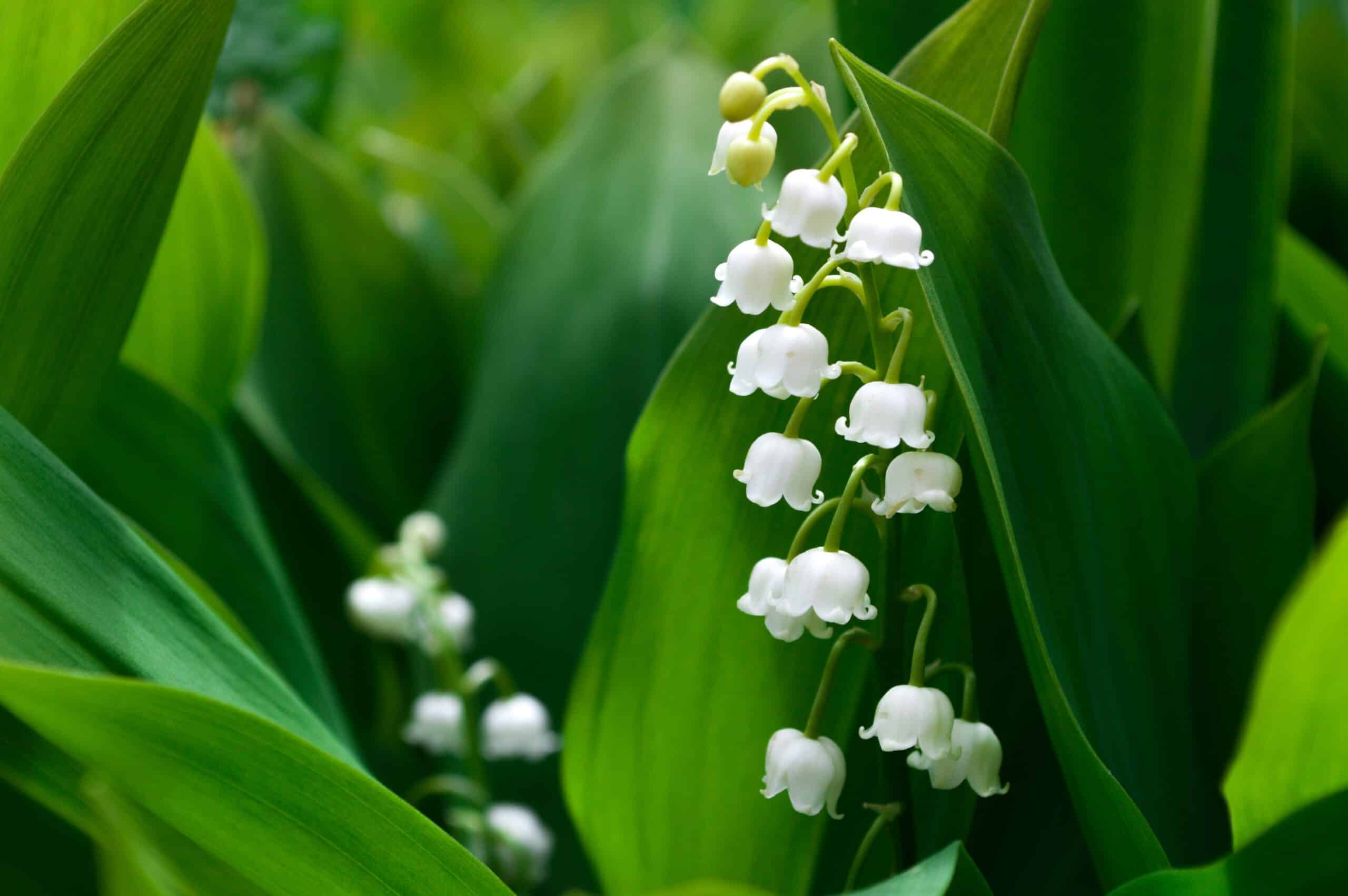With over 350,000 species of flowers, there is a wide array of colors, shapes, and sizes to choose from when planting a garden or assorting a bouquet. However, many people aren’t aware that there is an even deeper and more ancient decorum that factors into this decision. Flower symbolism was once – and still is, to some people – a thoughtful and nuanced way of expressing someone exactly how you feel – without saying it to their face.
In this post, we will explore just precisely what flower symbolism is, how it originated, and how it’s used and discuss a few intriguing examples. You can choose the message and how to say it with flowers.
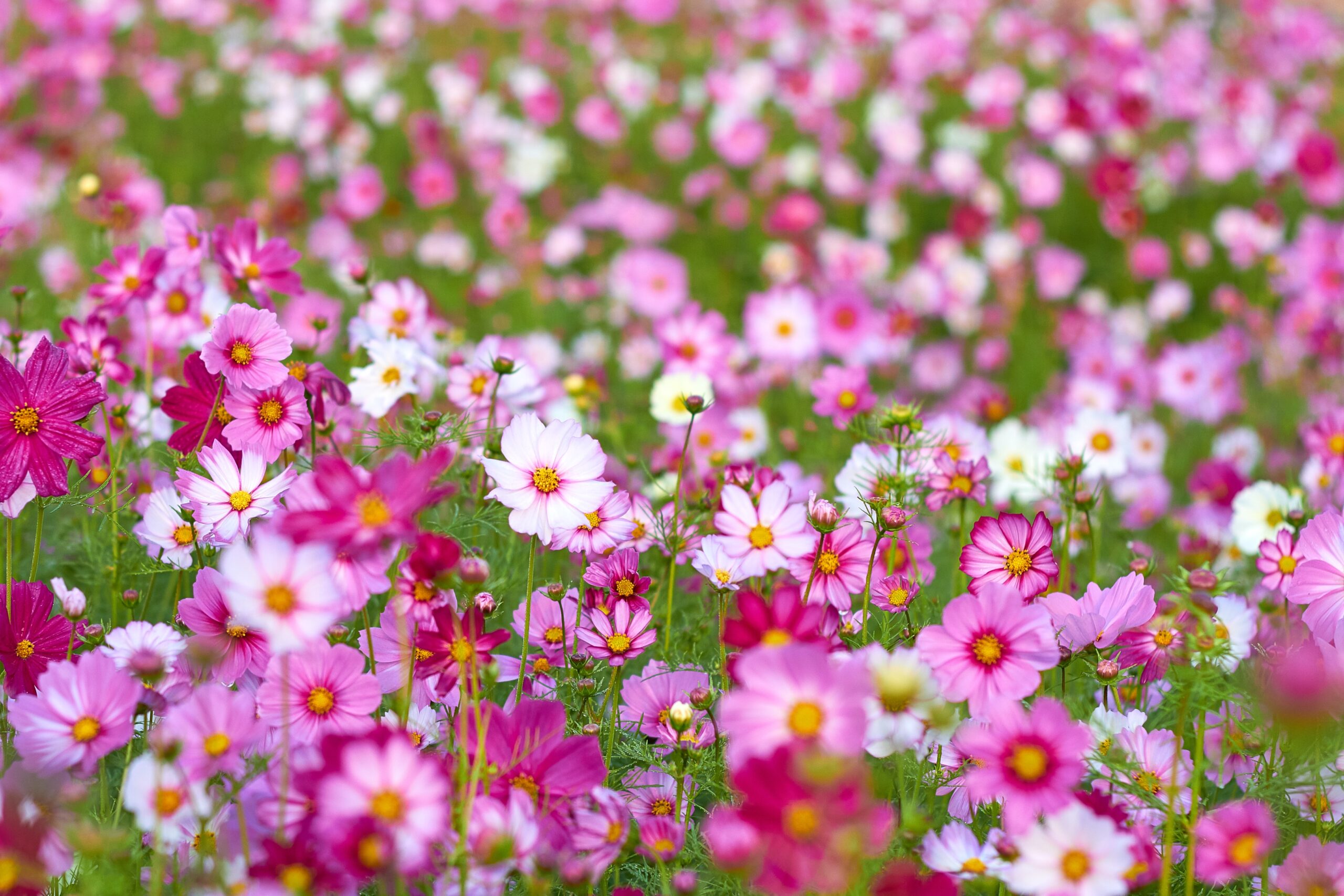
A History of Flower Symbolism
The origin of flower symbolism is highly recorded and can be traced back directly to Ancient Greece. Some of the most popular flowers to have gained their meanings from the Greeks include the poppy, the rose, the sunflower, the lily, and the violet – among many others.
However, the flower symbolism exponentially rose in prominence in 19th-century Europe. As people began to flock to the arts and social sciences, they also began to explore the deeper side of nature and emotion. Thus, flower guide books and their meanings began selling like hotcakes, and florists were swamped with custom-made bouquets orders.
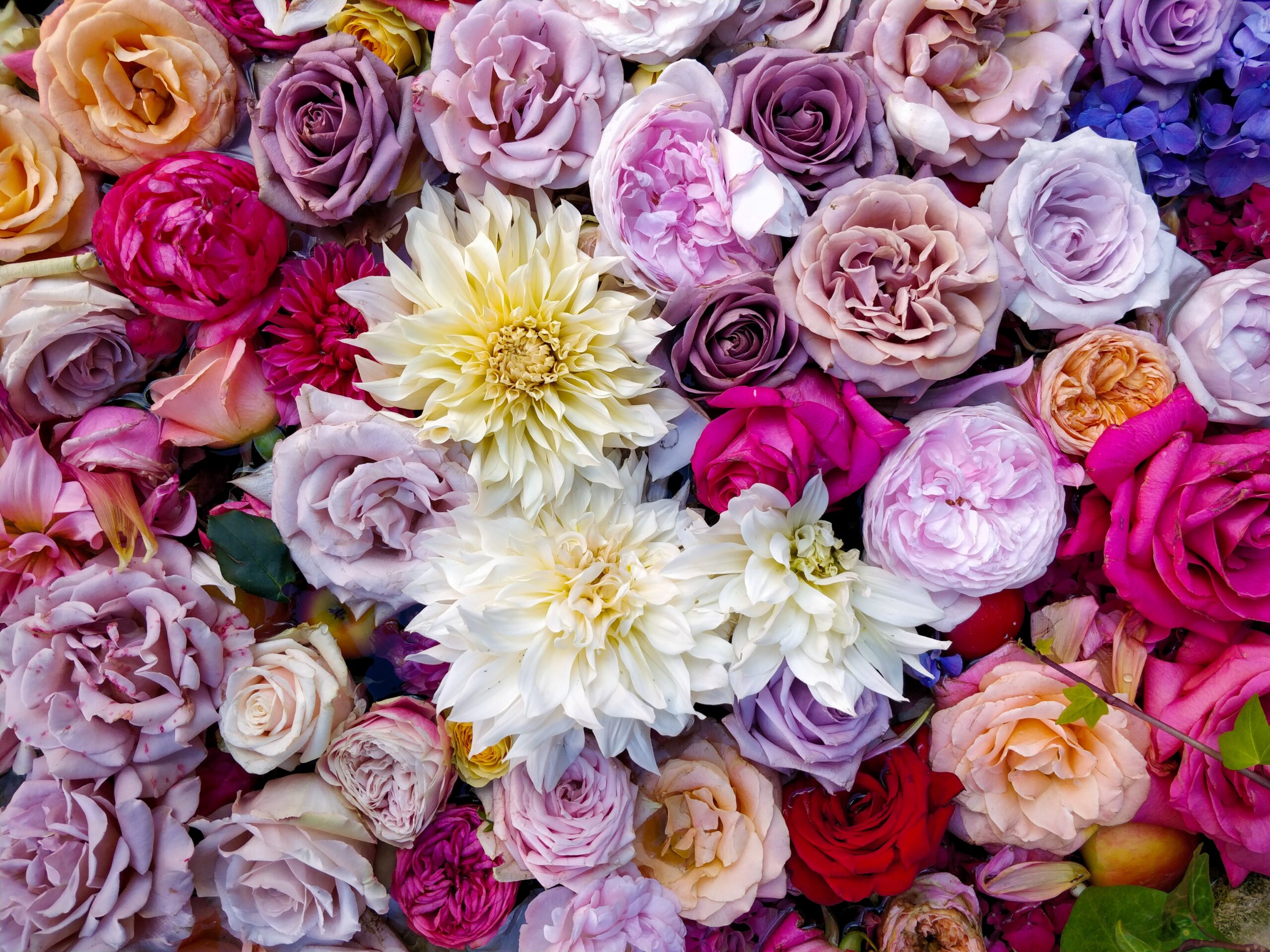
Colors and Their Meanings
Before going into the flowers below and their respective symbolism, it is essential to note that certain colors can be attributed to specific emotions. For example, the color white typically represents purity and innocence, pink represents comfort and gentility, yellow represents disappointment and jealousy, and deep red represents grief.
The color spectrum for this particular subject is vast. There are often colors that overlap or contradict each other, so it is essential to do your research and cross-examine your information between multiple sources!
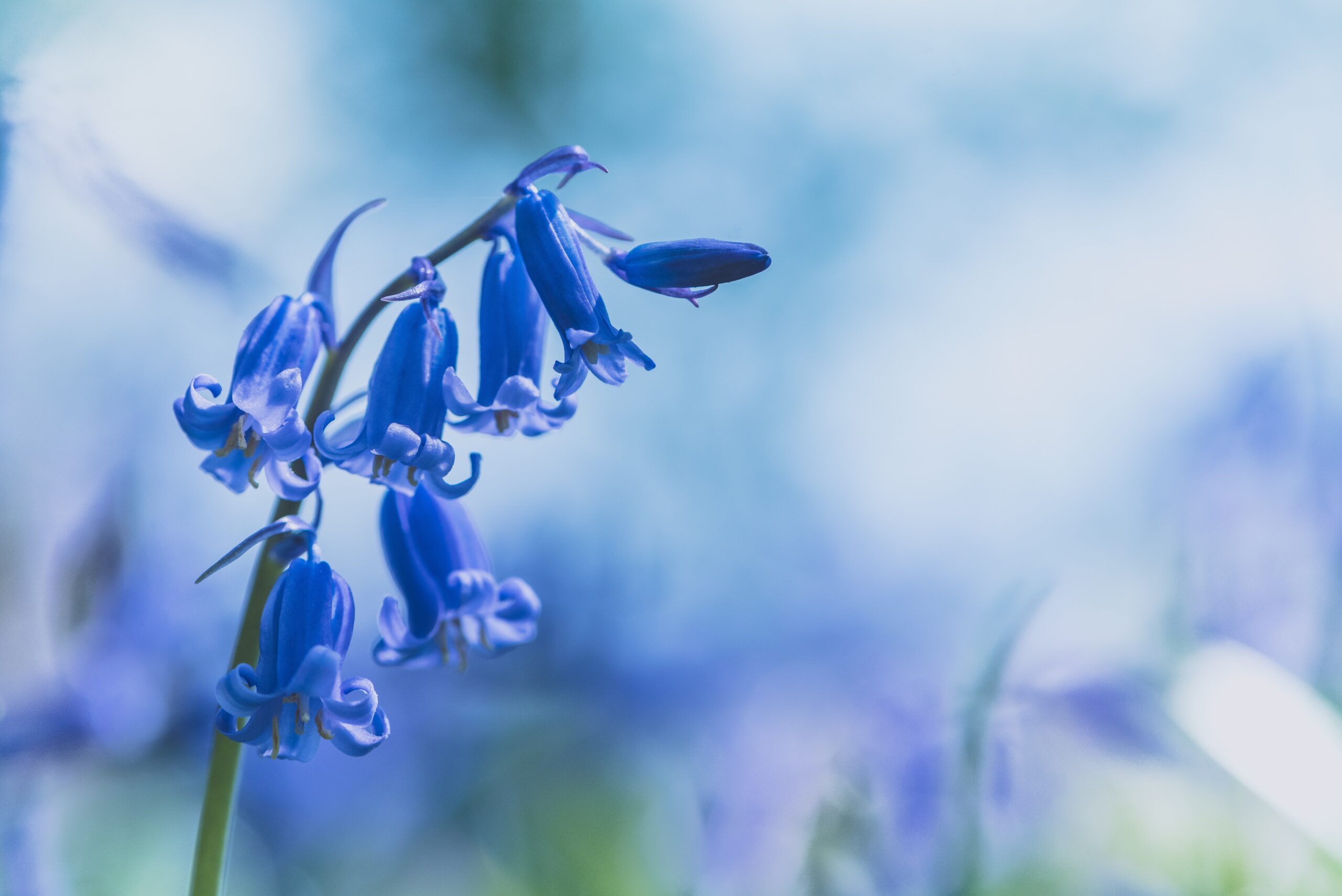
I am grateful for having you in my life
Say bluebell – a beautiful flower with a perfectly suitable name. They typically grow in heavily wooded areas, shrouded in shadow by large trees – and often being the only spark of color in an otherwise dreary environment – bluebells lend themselves to natural curiosity.
They often appear as though they are drooping downwards, and, to many, this seems a perfect representation of the dull, less-than-ideal environment in which they grow. Because of this, their assigned meaning is humility and gratitude – perhaps because, despite their surroundings, they continue to grow, thrive, and provide beauty and wonder to those who happen upon them.

You are a precious friend
Say it with Crocus. With their soft, vibrant petals and almost bashful demeanor, these magnificent plants are often among the first flowers to bloom in spring. As a result, their symbolism is of new beginnings and rebirth – one very befitting of their allure.
Like the previously stated flowers, the crocus also has roots directly back in Ancient Greece. They are still primarily grown and found in the Mediterranean to this day. This flower grows in multiple colors, and each of these colors has a different assigned interpretation. Purple petals are tied to gracefulness and dignity – per the royal color. Pink, as is typical, represents youth and innocence; and white, as expected, represents purity.
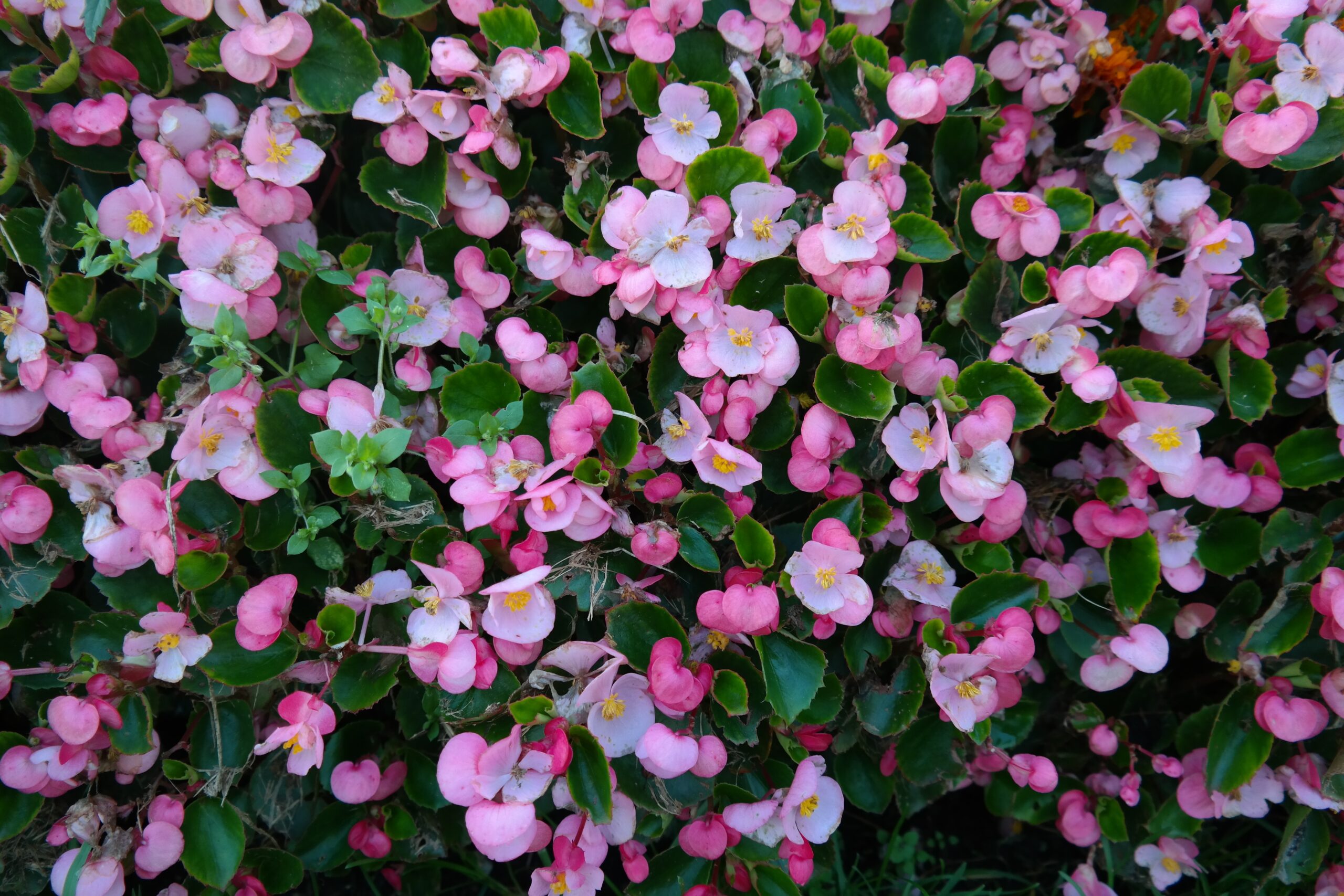
Be careful
Say it with begonia. The begonia is a bit different from its counterparts – and thus, the perfect example – representing a few different meanings. While its white, yellow, pink, and red flowers come attached with the typical symbolism, the begonia as a whole can be given to someone as a word of caution or even as a threat.
This word of caution could either mean maintaining constant vigilance, or it could be an active warning that danger or misfortune lies in your near future. You’d better hope you don’t receive this flower in a bouquet!
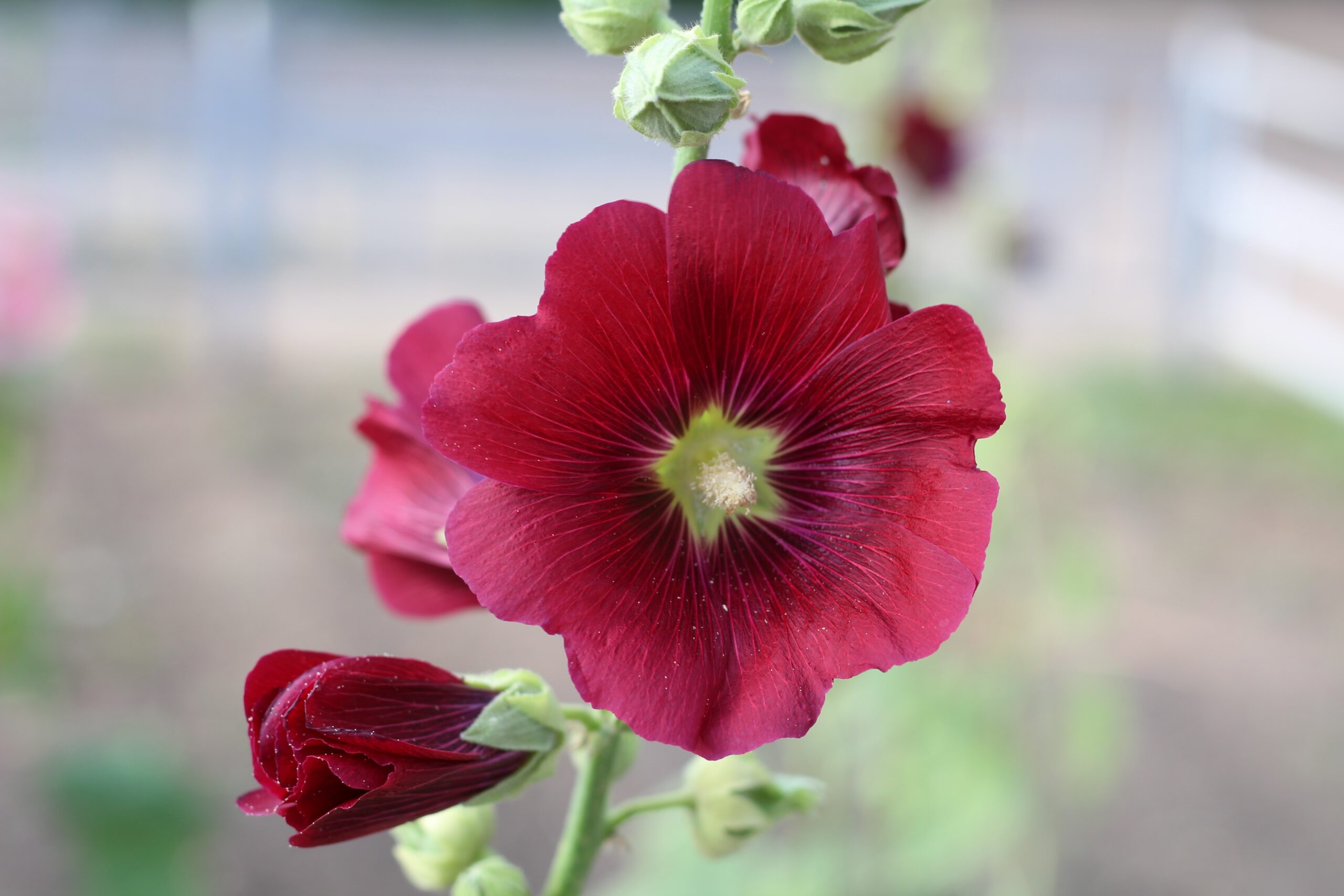
I wish you success and happiness
Say it with Hollyhock. This unique flower is highly revered for its beauty, with large bundles of soft pink and white flowers growing vertically on their stem – making them ideal for occasions like weddings and holidays. Hollyhock represents fertility and abundance and is often gifted to people in great need of good fortune!
This flower is an excellent choice for struggling loved ones, as not only do they invite peace, success, and happiness – they provide a breathtaking view!
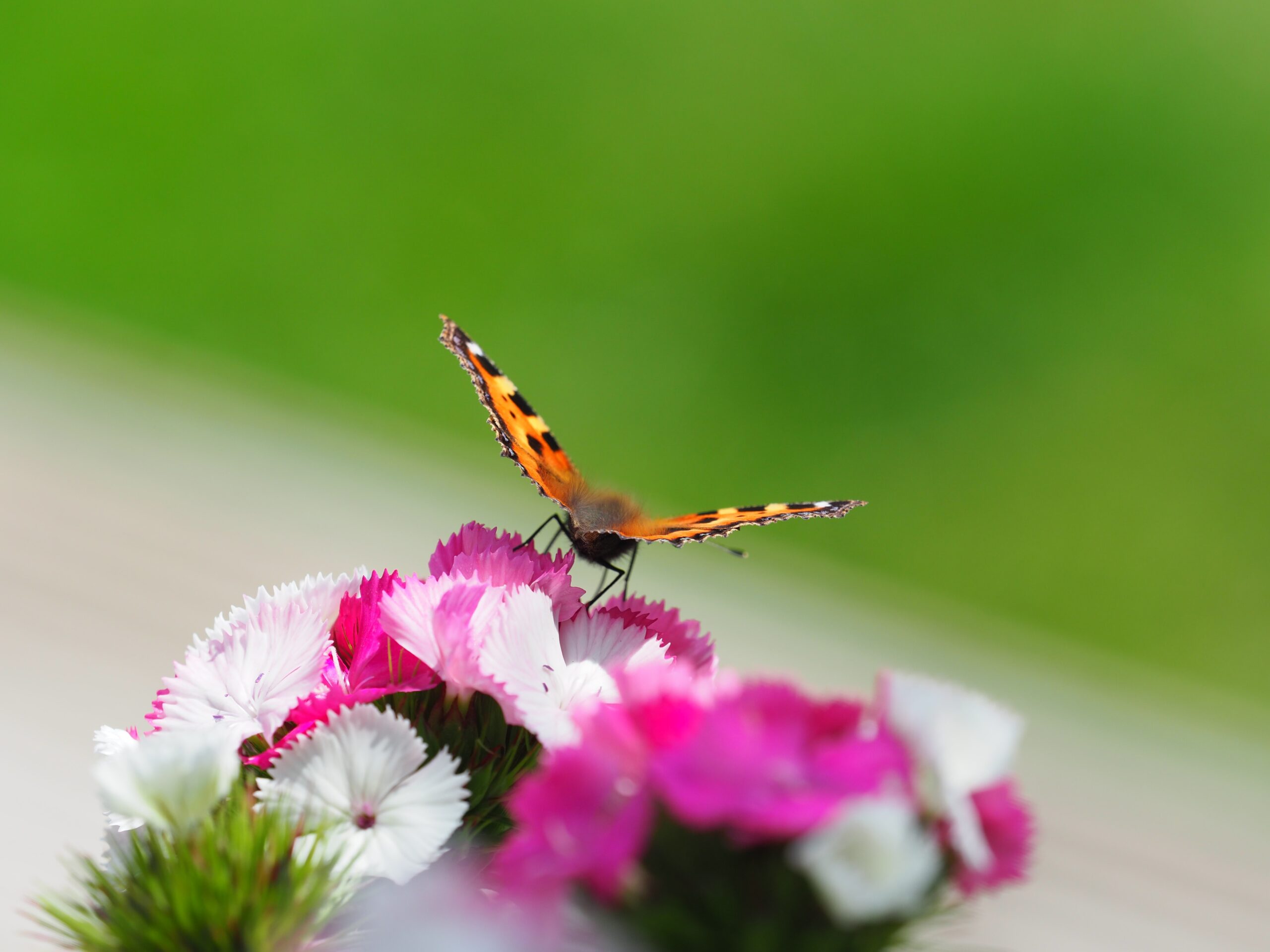
Be brave
Say it with The Sweet William flower. Despite its sharp beauty, the Sweet William flower has not received much time in the spotlight. However, that doesn’t detract from its rich symbolism and history – something that certainly makes it worthy of more attention.
The flower earned its namesake from the famed Prince William Augustus, who died in the Battle of Culloden in 1765 – shortly before flower symbolism began to grow in popularity. The Sweet William represents courage and masculinity, appropriately.
I’m sorry
Say it with white orchids. Sometimes we make mistakes and the best way to rectify the wrong is to admit it. You can say sorry with flowers. Choose a white orchid which conveys the message that asks for forgiveness. It will surely do the trick.

My Deepest Condolences
Say it with lilies. Nothing exemplifies loss more than a lily. This staple flower is often associated with funeral and in Christianity with resurrection, so it seems to be the obvious choice to send your condolences to your loved ones. If you want to add a message of peace, we suggest you select a peace lily too.
Given what we’ve learned about flower symbolism, it’s safe to say that one must be very careful when putting together a bouquet for a loved one (or an enemy)! With droves and droves of information and thorough research, you’re sure to find the perfect flowers to send the exact message you want to send!
What we love from Amazon this week
Buy these wonderful flowers directly from Amazon:











